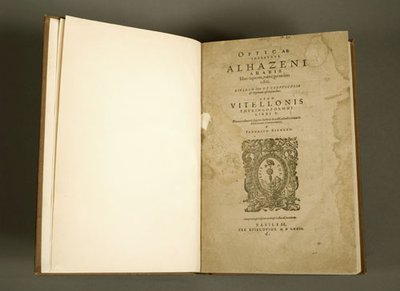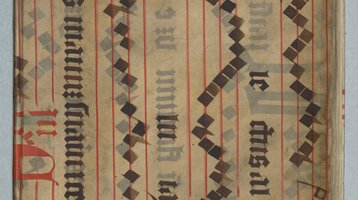Library history and architecture: Medieval Islamic libraries
In celebration of the opening of the Joe and Rika Mansueto Library later this spring, Nancy Spiegel, the Library’s bibliographer for art and cinema, is writing a series of posts about the history of libraries and library architecture, pointing readers to works in the Library’s collections. This is the third post in the series.
Libraries developed early in the Islamic world as a result of the commitment to literacy on the part of early Muslims. Collections of texts were attached to mosques, madrasas (schools), and bayt al-hikma (research institutes).
While mosque libraries served spiritual needs, the bayt al-hikma were established to promote more secular scientific and technological inquiry. Examples include an astronomical laboratory and translation center founded at Bagdad in the early 800s and the Dar al-Hikma, or state library, established in Cairo in the year 1004. Both attracted scholars from throughout the world. Their collections were said to be completely at the disposal of all readers, including members of the general public.
The mathematician Ibn al-Haytham (d. 1039), known in the West as Alhazen, was affiliated with the Dar al-Hikma during his stay in Egypt. The Kitāb al-Manāẓir, a study of optics attributed to Alhazen, was among the first scientific books to be printed, and deeply influenced Renaissance and 17th-century thinkers. Pictured here is the Latin translation published in 1572.
The tradition of the research institute continues into the present. Contemporary examples can be found at the Oriental Institute and the Middle East Documentation Center, both on the University of Chicago campus.



